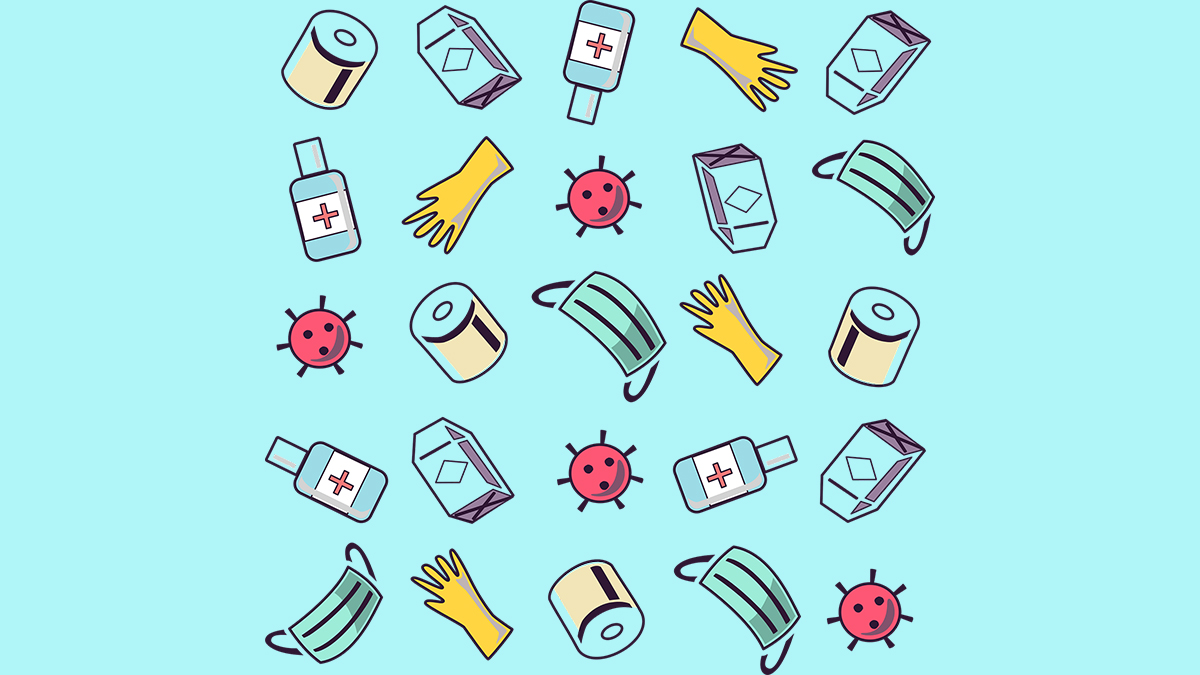
It’s been a year since the coronavirus outbreak was named a pandemic. On March 11, 2020, the World Health Organisation (WHO) declared a pandemic. Looking back on your office email when Work From Home was announced is like looking at a time capsule. So many things have changed, and so did our survival tactics. A few could foresee the long road ahead or the many things in which we would suffer. The rising cases of COVID-19, deaths and agonies of millions, the ruined economies, the disrupted lives and near-universal loneliness and isolation—none of us would have ever imagined in our worst nightmare that we would be dealing with so many things at a time. It has been a year now. When we look back at where we were, when we first understood how drastically life would change, we may not find a clear answer, but somehow, we learnt to survive, despite all the challenges that the disease brought with it. WFH, mental health crisis, remote learning and more, here are six ways we dealt and continue to do so with the ‘new normal.’
1. Work From Home
With the introduction of COVID-19 induced lockdown, offices were shut, and remote working was made available to workers. Business travel was cancelled, most companies offered training sessions on working from home, and virtual meetings became the ‘new normal.’ It became such a thing that fashion labels went on launching WFH outfits, which generated significant interest among buyers. For a while, WFH seemed like a respite from the daily stresses of commuting, but now a year on, office life may not be the same again. At the same time, as difficult it was for us to adjust in the WFH scenario, it may be nothing less when we finally work from the office on a regular basis.
2. Renewed Gratitude for Healthcare and Essential Workers
We always knew how important essential and healthcare workers are, but their role was understood even more in the past year. Being at the frontline, they made our quarantine possible, while risking their lives simultaneously. The practice of acknowledging and showing gratitude to healthcare, and essential workers as a whole with simple signs of thanking has been a terrific start for society. After all, what would we do without them?
3. Sanitisation and Panic-Buying
There has been a strong focus on cleaning and sanitisation. It took a pandemic for us to realise that staying clean, washing hands for at least 20 seconds is necessary to avoid contacting any form of germs. At the initial stage of the pandemic, we saw people stock-piling toilet papers and sanitisers, which led to shortages of medical essentials at stores. People were panic-buying, and in some countries where the latest lockdown phases are imposed, the frenzy of snapping up supplies from supermarkets, unfortunately, goes on. We are yet overcome the panic-buying saga!
4. Virtually Untouchable
The COVID-19 pandemic has indeed parted us physically; we found our virtual way to stay connected. This is the most significant way our lives have been altered, but virtually no one has been left untouched for the past one year of such dramatic disruption. A generous dose of empathy and understanding of the pandemic truth made us all stronger as we rebuild our world.
5. Mental Health Crisis
Google’s Year in Search 2020 revealed that people searched for ‘happiness,’ more than ever! And there is still no end, as the latest trends reveal how people have been looking for more mental health conditions and their solutions. It is distressing to see how the pandemic forced people to look for hope online, and it highlights the mental health significance. As much as we tried and succeeded to some extent to deal with the pandemic, this aspect, however, captured the tragedy of collective grief. Job loses, pay-cuts, isolation, stress, deaths, and more, staying indoors had this significant challenge, that some of us may still try to cope with. This soared the usage of virtual and text-based mental health services, as per reports. But for virtual space for mental health care to be truly sustainable, we must tear down the stigma and structural roadblocks that prevent people from getting the professional care people need.
6. Remote Learning
Schools opted for online teaching and learning to continue the lessons. But the shift from traditional schooling to remote learning had again been a significant challenge for students, parents and teachers. Both pre and post-pandemic, a variety of studies have found that online and remote learning simply cannot replace the classroom experience. Exams were postponed, and the lack of personal interaction and social engagement, has been a rising difficulty for students to adapt. Again, like many aspects of the pandemic, this burden has fallen hardest on the under-privileged members and those living in remote areas, where there is a significant lack of resources, including electricity, internet and computers.
Apart from the above, there are other ways too in which our lives have changed. The increase time spending on scrolling social media, virtual fitness schedules, a renewed relationship with nature, a change of appetite, working parents’ challenges, and more, are few more ways our lifestyle altered as we continue to deal with the ‘new normal.’
(The above story first appeared on Morning Tidings on Mar 11, 2021 11:50 AM IST. For more news and updates on politics, world, sports, entertainment and lifestyle, log on to our website morningtidings.com).
Leave a Reply